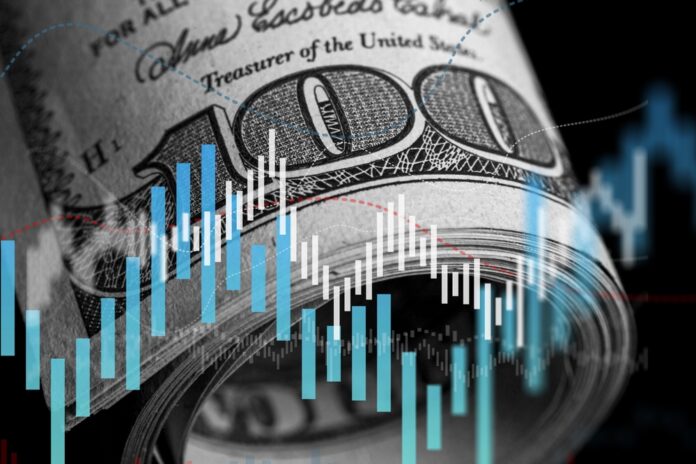The U.S. dollar fell on Monday, giving up some of Friday’s gains as optimism grew around upcoming trade discussions between the United States and China in London.
As of 04:05 ET (08:05 GMT), the U.S. Dollar Index—which measures the greenback against a basket of six major currencies—was down 0.3% at 98.890. The dollar had previously strengthened after Friday’s U.S. jobs report offered investors a glimmer of hope following a string of disappointing economic data.
Focus Shifts to London Trade Meeting
Although the jobs report lifted sentiment last week, the dollar remains nearly 9% lower for the year, weighed down by concerns that erratic U.S. trade policy could steer the economy into a recession.
Market attention is now fixed on Monday’s trade meeting in London, where U.S. Treasury Secretary Scott Bessent is expected to meet with Chinese Vice Premier He Lifeng.
Key topics on the agenda include:
- Scaling back tariffs
- Refining export rules on advanced technology and critical minerals
- Laying the groundwork for a broader trade framework
These efforts are aimed at easing ongoing tensions between the two largest economies.
Still, forex markets remained cautious ahead of any concrete developments.
“A meeting in London today between U.S. and Chinese officials should, in theory, support the dollar,” analysts at ING wrote in a note. “It’s unlikely both sides would come to the table if they weren’t hopeful about reaching a deal. The key question is whether the Geneva agreement from last month can be made permanent and if threats of 100%+ tariffs will truly be off the table.”
Euro Strengthens on Hawkish ECB Signals
In Europe, the euro climbed, with EUR/USD rising 0.2% to 1.1422. Traders continued to process the European Central Bank’s tone following last week’s 25-basis-point rate cut.
While the decision was widely expected, President Christine Lagarde’s remarks suggested the easing cycle may soon come to an end.
“Lagarde projected eurozone resilience despite global uncertainty,” ING noted. “Markets are pricing in just one more rate cut by year-end, likely in December. Meanwhile, upcoming German budget announcements could draw attention to potential fiscal stimulus, further supporting the euro.”
Pound Supported by Rate Differentials and Dollar Weakness
The British pound also gained ground, with GBP/USD up 0.3% at 1.3567—hovering near a three-year high as the dollar softened.
“Sterling may benefit from global de-dollarization flows, given its status as a major reserve currency,” ING said. “With one-week deposit rates at 4.25%, it’s also seen as an attractive alternative to the dollar, especially during quiet trading periods like this.”
Yen Rises Following Upward Revision in Japanese GDP
In Asia, the Japanese yen strengthened after revised GDP data showed the country’s economy contracted slightly less than initially reported in Q1. USD/JPY dropped 0.5% to 144.12, as Japan continues to struggle with weak consumer spending and sluggish exports due to trade-related pressures.
Yuan Steady After Mixed Chinese Economic Data
Meanwhile, USD/CNY edged 0.1% lower to 7.1834, following the release of Chinese inflation data:
- Consumer prices declined for the fourth consecutive month in May
- Producer prices saw their sharpest drop in nearly two years
Although China’s exports grew at a slower pace than expected—hurt by high U.S. tariffs—the country’s trade surplus exceeded forecasts, thanks to a steeper decline in imports.



